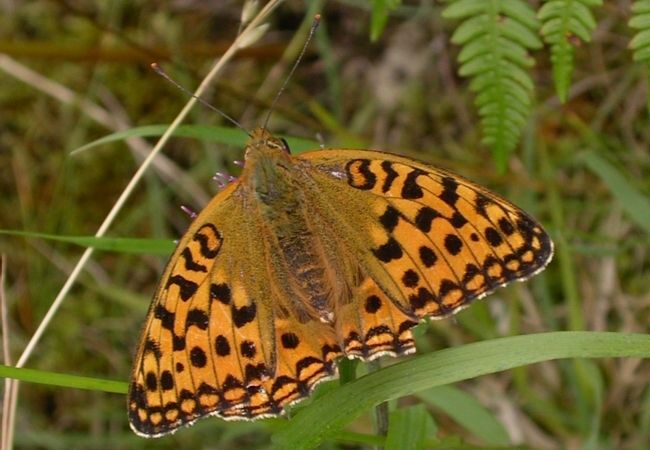High Brown Fritillary
Fabriciana adippe
Checklist Number59.020 [B&F: 1606]
Verification
Record will require further evidence, at least a good photograph, unless CMR is aware recorder has confidence in identification
Classification
| Family: | Nymphalidae |
| Subfamily: | Heliconiinae |
| Genus: | Fabriciana |
| Species: | adippe |
| Authority: | ([Denis & Schiffermüller], 1775) |
Protected under the UK Wildlife and Countryside Act, and a priority species under the UK Biodiversity Action Plan, found in woodland clearings, rough grassland and south-facing hillsides in parts of south-western England, Cumbria and the Malvern Hills; mainland Europe and southern Scandinavia. In Hampshire and on the Isle of Wight was historically common in woodlands throughout but had declined drastically by the Second World War and became pretty much confined to the New Forest. Last seen on Wight in the 1950s and in the New Forest, Hampshire in 1987. Wingspan 60-67 mm. Best distinguished from Dark Green Fritillary by pattern on underside of the hindwing. Larva feeds on Common Dog-violet.
